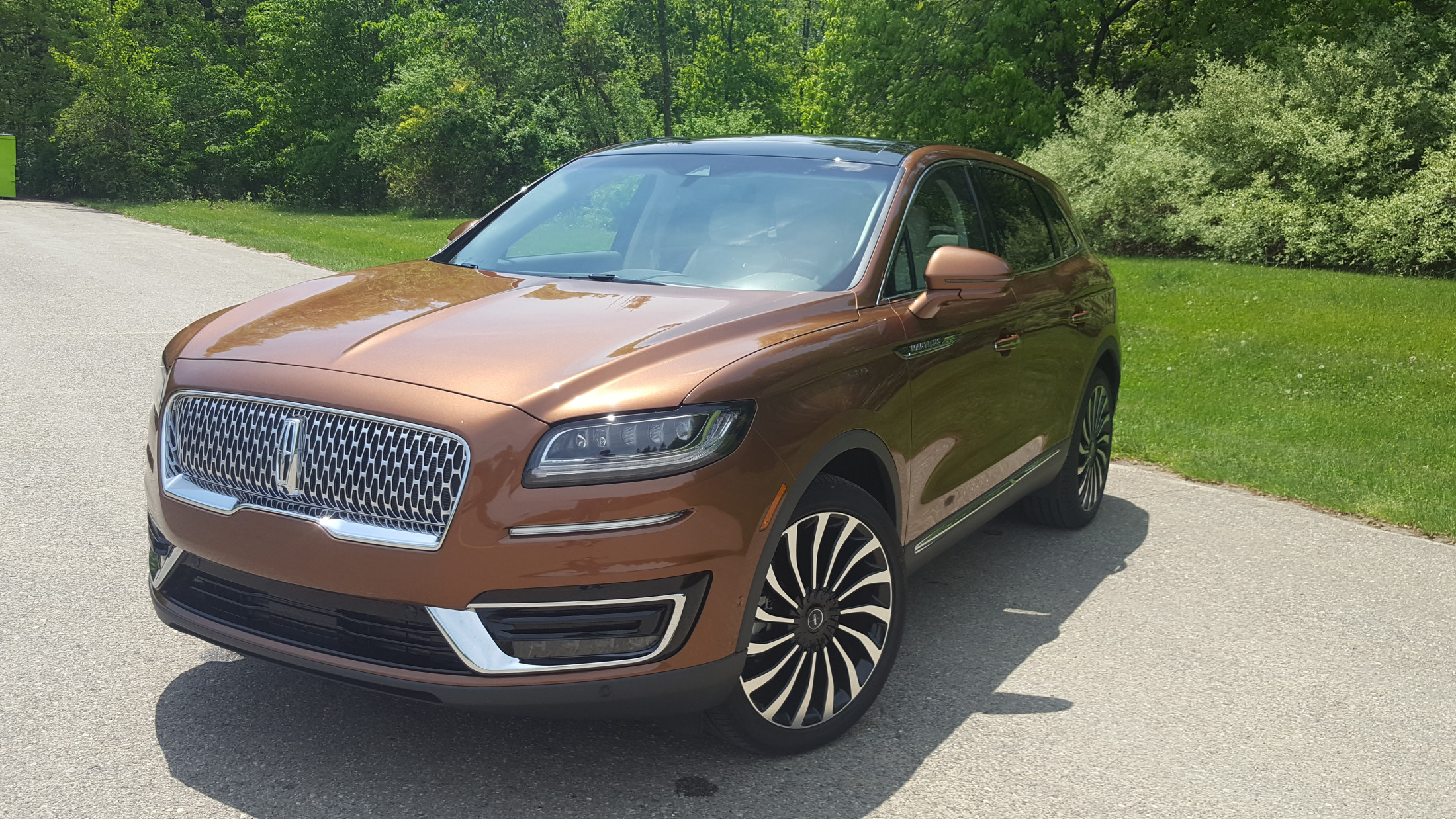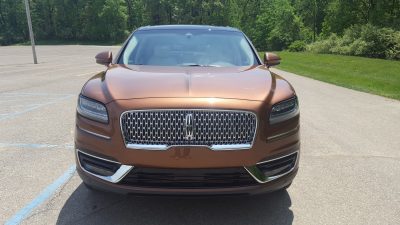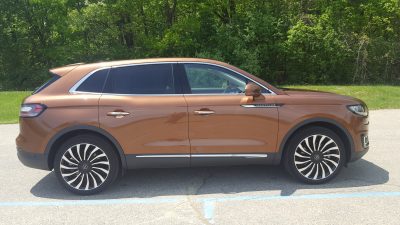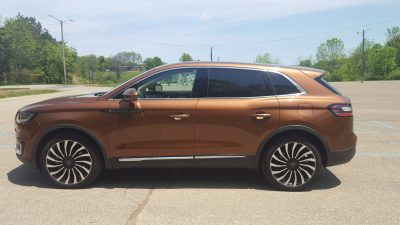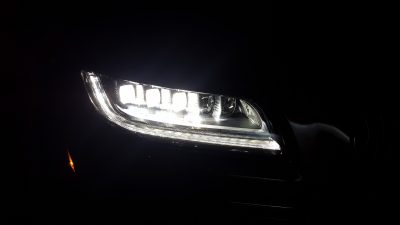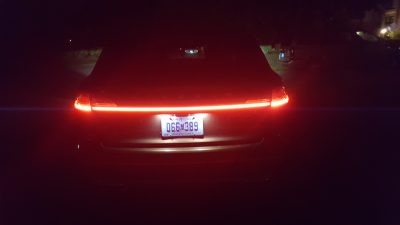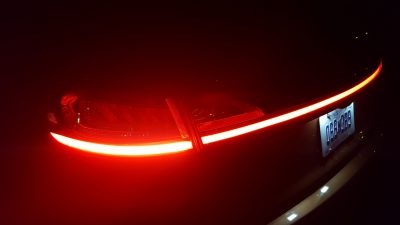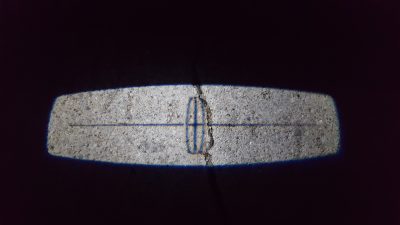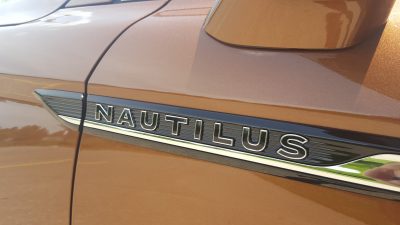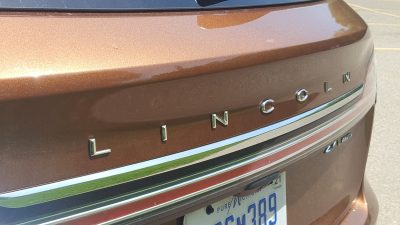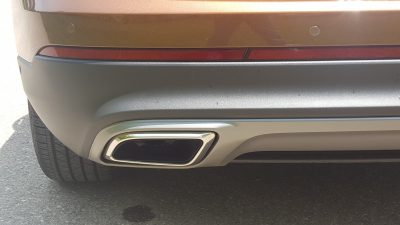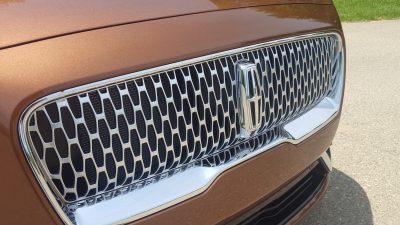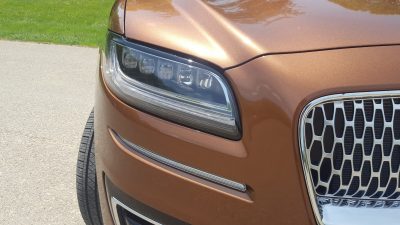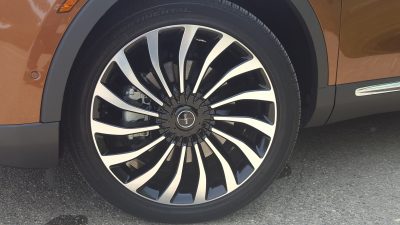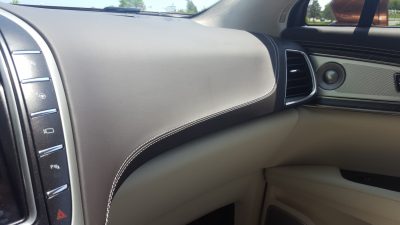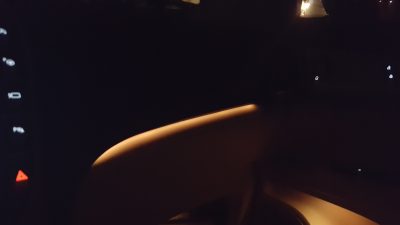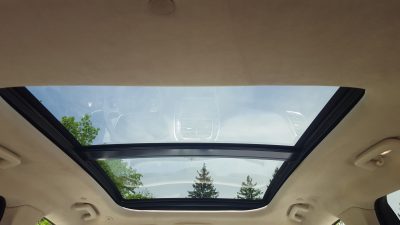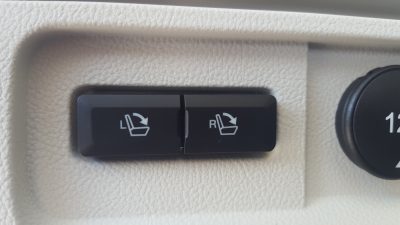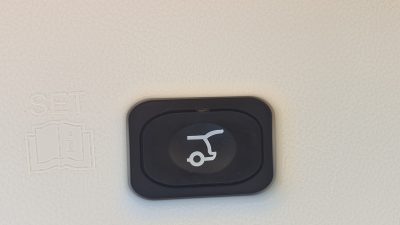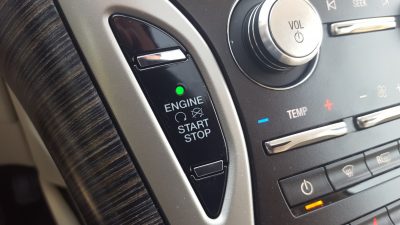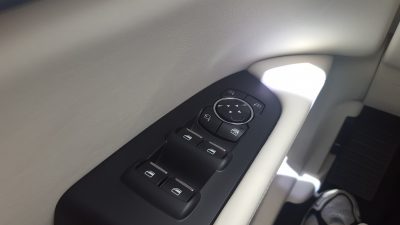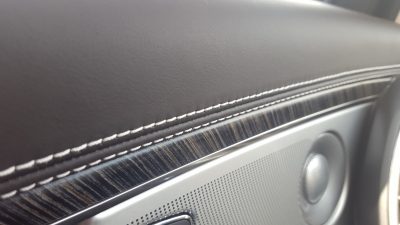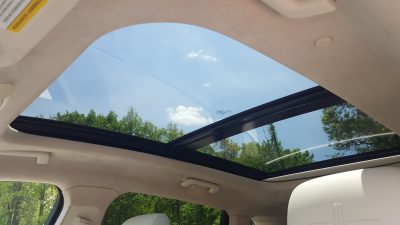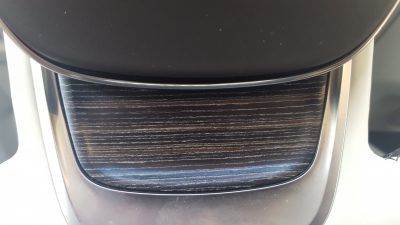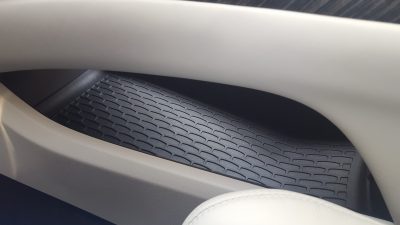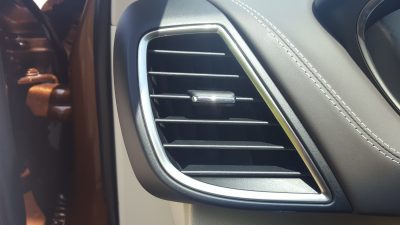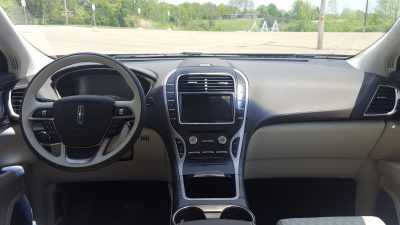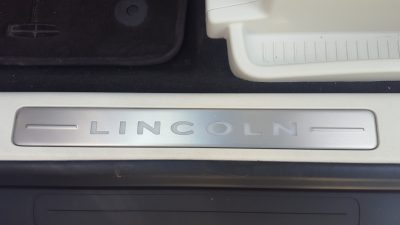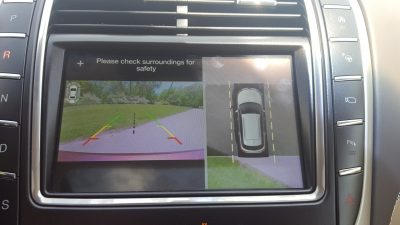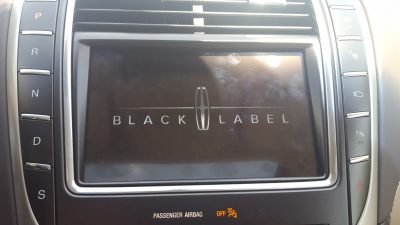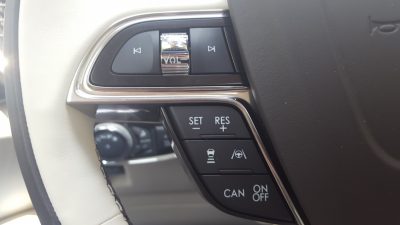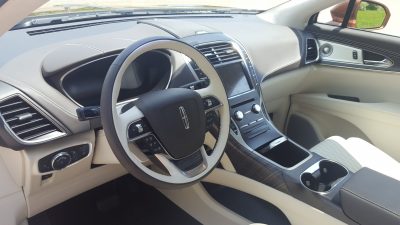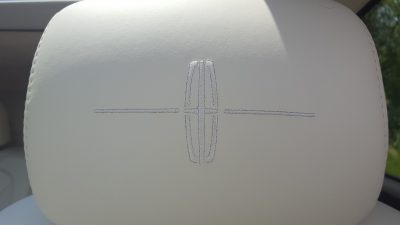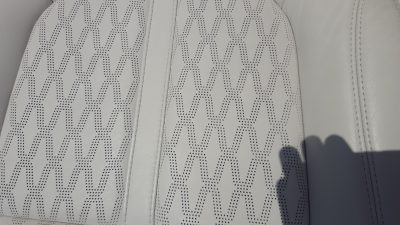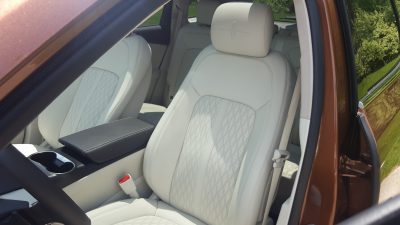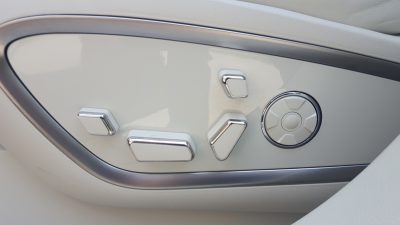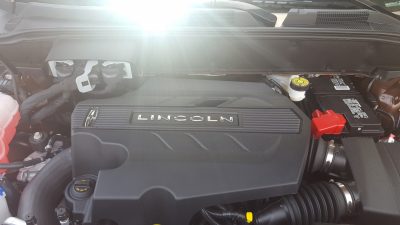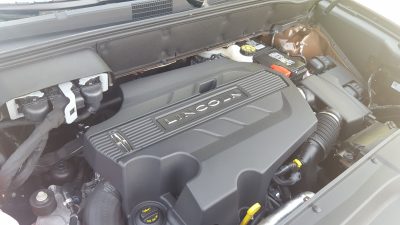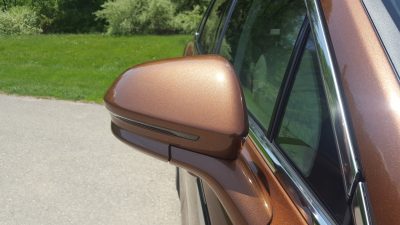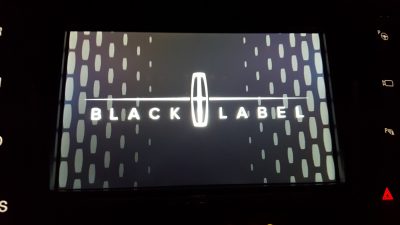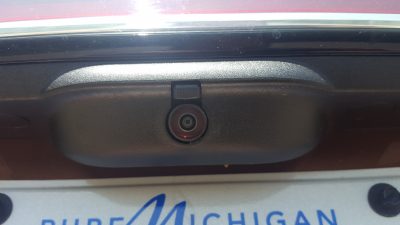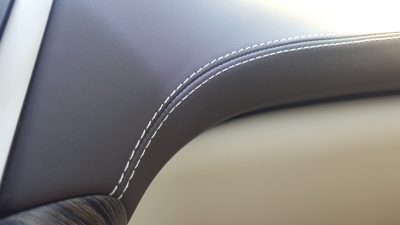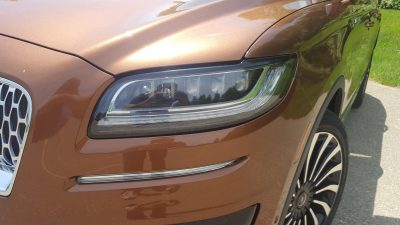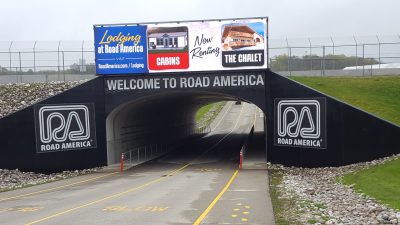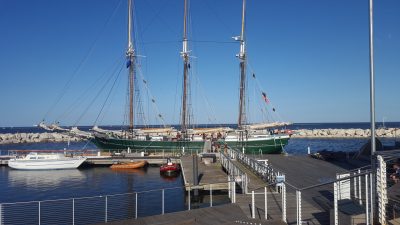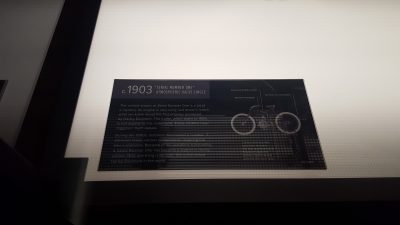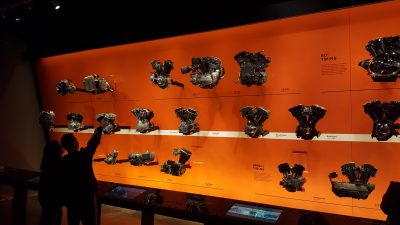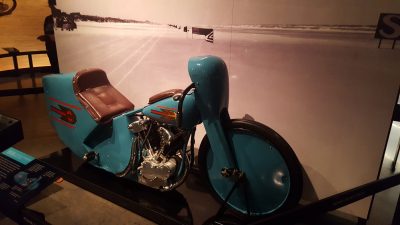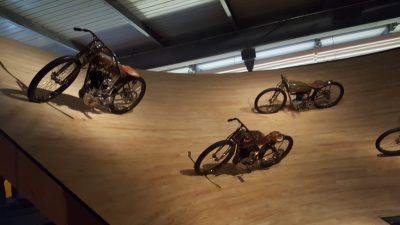We like exploration, the sense of embarking on an adventure and discovering new things. It turns out, the folks at Lincoln also like the spirit of adventure too, especially with their recent blitz towards adding more exploration focused motifs into their models. When we last checked in on Lincoln, we checked out the biggest offering in their lineup, the revamped 2018 Navigator. The Navigator aimed to re-establish Lincoln’s dominance in the full-size luxury SUV segment, and we put that to the test by embarking on a road trip that took us throughout northern and western Michigan. However, while the Navigator (and more recently, the Explorer based Aviator) are currently sharing the spotlight, a third CUV has been quietly doing its part in the broader sales landscape, the artist formerly known as the Lincoln MKX. With the model now known as the Nautilus, can an infusion of new technology, style, and broader identity help the Nautilus achieve its goals of being a leader in the mid-size luxury CUV class? Or does the Nautilus still have ground to make up in its quest for sales dominance? To find out we embarked on our most ambitious road trip yet, and took the Nautilus on a 7 hour long road trip to see if it has the goods to be an excellent vacation focused hauler.
Renewed Identity Brings Newfound Elegance To Familiar Shape:
At first glance, the Lincoln Nautilus appears to be an all new vehicle, but look closer, and you will see that it is actually a mid-cycle update of the Lincoln MKX. Unlike other mid-cycle updates, this one is arguably a more substantial effort aimed at revamping its image, with a key revision being an all new front fascia. Wheras the outgoing MKX featured Lincoln’s old winged grille, the Nautilus embraces a completely new front fascia design, with a lot of its basic influence being lifted from the Continental and Navigator. The reasonably sized chrome grille looks very handsome, and is complimented by the all new headlights that Lincoln designers equipped to this particular model. The grille is also a stark contrast to some of the busier looking designs that still clutter the broader segment, including the larger twin-kidney grilles on recent BMW offerings, as well as the controversial spindle style grille that has become a prominent styling trademark for Lexus. The side profile is decidedly plainer than some of its rivals, and it leads out into the lightly tweaked rear end that now incorporates new taillights into its design. The end result is a look that is very classy, but without going too far over the top to achieve it.
Our range topping Black Label tester builds on this basic recipe, and brings a number of trim exclusive appointments to the design. These include bigger wheels, blacked out letters for the fender mounted Nautilus nameplates, as well as the sleek Chroma Elite Copper paint that helped make it look even more attractive. While our example lacks some of the flair that the bigger Navigator possesses, the Nautilus’s smaller dimensions helped it be a better partner in city driving, with our tester still managing to squeeze through tight sections of rush hour traffic, This proved to be especially valuable when navigating through the heart of downtown Chicago’s freeway network. With all the poshness that the Black Label’s exterior appointments bring to the broader Nautilus sales pitch, it also unintentionally highlights how awkward lower tier Nautilus variants can look, especially when equipped with smaller wheel options. However, the Nautilus is still an improvement over some of its rivals in this particular arena including it’s domestic equivalent, the Cadillac XT5.
Lightly Redone Interior Still Channels Its Luxury Mission:
While the exterior of the Nautilus has received its fair share of revisions, the interior does not undergo quite as radical of a transformation, but that is not necessarily a bad thing. There is copious amounts of head and legroom for front and rear passengers, and buyers looking to cram stuff into the rear of the Nautilus will be pleased with the 37.2 cubic feet of cargo space on hand in the rear with the seats up. Fold them down, and the space grows to an impressive 68.8 cubic feet. We used every inch of this space during our trek to Wisconsin, with the big Lincoln easily swallowing all the luggage that we threw at it. The cabin itself benefits from a swath of high quality materials including soft leather surfaces in an attractive two tone white/brown color scheme, tasteful splashes of wood trim, and just enough metal bits to help add some much needed contrast to the Lincoln’s interior. The addition of acoustic rear glass for the windows and new sound insulation shields occupants from the bulk of the noise that defines the daily commute. The lone exception is tire noise, with our tester letting in a surprising amount of sound from this key area during urban commuting. Thankfully, the well bolstered Multi-Contour leather seats do their best to keep you distracted from this flaw with their heated and cooled capability, as well as their welcome massage function which helped us relax when cruising down lonely stretches of rural Wisconsin.
A potent conversation point for the cabin is arguably centered around the Nautilus’s 8-inch touchscreen infotainment system, which comes bundled with Ford’s latest SYNC 3 software. Lincoln’s version of the system is differentiated with the addition of Lincoln specific colors, and while the end result is a system that is not quite as visually attractive to look at as Audi’s MMI or Mercedes’s COMMAND system, it’s still a very intuitive system that is very responsive to commands. The navigation system’s ability to calculate routes on the fly proved to be a very valuable asset in traffic and construction clogged downtown Chicago, with the three detours we had to take through the city being mapped very accurately. As for Emily, she was enthralled with the 19-speaker Revel Ultima premium audio system, with the clear crisp sound being sweet music to her very savvy ears. Mobile device owners will also be pleased to see that the Nautilus’s power point game is on target, with front seat occupants having access to a wireless charging pad, two USB ports, and two 12-volt sockets. Rear passengers will not be left too far behind, with those occupants gaining access to a three prong outlet, as well as a separate 12-volt outlet located in the back of the center console.
Muscular Performance That Is Not Perfect:
A key detriment that handicapped the MKX was its inability to deliver the performance numbers that could allow it to compete with its Germanic rivals. The revisions for 2019 aims to change that, and while the Nautilus gains a new 2.0 liter four cylinder base engine that brings 250 horsepower and 280 lb-ft of torque, our Black Label grade tester arrived with the bigger 2.7 liter turbocharged V6 which brings 335 horsepower and 380 lb-ft of torque to the festivities. Both engines are paired with an eight speed automatic transmission which delivers smooth and consistent shifts. The 2.7 liter in our car also delivered strong acceleration, and it still retains a high degree of smoothness.
However some flaws do make themselves apparent in certain situations. The engine for example returns a rather meager 19 mpg in the city, and an equally modest 26 mpg during freeway driving. Driving our tester around town in its Comfort setting revealed that it is in its element, with the Nautilus being reasonably composed and confident during city driving. This included the maze like roadways that dominate both Chicago and Milwaukee. Even with 21-inch wheels and the bigger tires that come with them, our tester still managed to absorb all kinds of road imperfections, with an occasional thud being transmitted to the cabin when you encounter a big chuckhole.
But, it is in Sport mode where the Nautilus’s act begins to unravel somewhat. When placed in Sport mode, we did notice significant amounts of turbo lag under hard acceleration. The engine does wake up a bit above 2,000 rpm, but the transmission still lacks some of the urgency and swiftness needed to allow drivers to take full advantage of the engine’s potential. If your looking for noticeable urgency, and more performance from an engine, we recommend sticking with either the BMW X3 or the Audi Q5 and their spicier powerplants to achieve that particular goal.
It’s a shame, since Sport mode’s alterations to the suspension transforms it into a very compelling backroad carver. The adaptive dampers stiffen up when placed in this driving mode, and also adds some weight to the otherwise over boosted electric steering rack. This helps create very sharp reflexes for a luxury crossover that weighs in at 4,305 pounds. Turn-in is quick, and there is commendable amounts of grip to be had from the 265/40 R21 Continental CrossContact LX Sport Tires. But there is still a fair amount of body roll present, and the added weight does little to fix the lack of road feel that is present in the steering system. Braking is pretty stable, but there were occasions where we experienced a vague brake pedal that delivered very little bite to the driver.
Value Quotient:
When equipped with the base 2.0 liter four cylinder and front wheel drive, the 2019 Lincoln Nautilus has a base price of $41,335 which includes the $995 destination fee. Our range topping Black Label tester arrived with a big $8,995 arsenal of optional equipment, which helped raise the MSRP to a final figure of $69,380. This is a very lofty figure to pay for a luxury CUV, but Lincoln offers Black Label buyers a wide range of trim exclusive perks including any time car-washes, vehicle service pickup and re-delivery, concierge services, and even an annual full car detail.
The Lexus RX is arguably its toughest competitor, but it’s exterior styling this generation falls short of the Nautilus’s, and its aging V6, and duller driving manners lack the punch and composure that defines the Lincoln’s driving experience. The BMW X3 and Audi Q5 are also formidable bogies in the Nautilus’s crosshairs, but their pricing can easily eclipse even the Black Label variant when stacked with optional extras. Finally, the Cadillac XT5 is the only domestic branded rival that the Lincoln has. While it has the same basic profile, the XT5 has more aggression in its exterior styling, and even has slightly cheaper pricing in lower trims. However, it’s interior styling and quality falls short of the Black Label model, and the XT5 also does not offer any turbocharged engines to match the Nautilus’s boosted lineup.
With a renewed focus on providing luxury, character, and seamless functionality to its buyers, the 2019 Lincoln Nautilus aims to bring newfound vigor in its attempts to dominate the mid-size luxury CUV market. While it may not be the most dynamically focused offering in the broader marketplace, buyers valuing cushiness, style, and a distinctly Lincoln ownership experience will fall in love with the Nautilus. With the Corsair and Aviator emerging to help fill the gaps in Lincoln’s utility vehicle assault, look for the Nautilus to still play a key role in the brand’s push for renewed relevance and long term sales success.

Carl Malek has been an automotive journalist for over 10 years. First starting out as a freelance photographer before making the transition to writing during college, his work has appeared on numerous automotive forums as well as websites such as Autoshopper.com.
Carl is also a big fan of British vehicles with the bulk of his devotion going to the Morgan Motor Company as well as offerings from Lotus, MG, and Caterham. When he is not writing about automobiles, Carl enjoys spending time with his family and friends in the Metro Detroit area, as well as spending time with his adorable pets.

